Ichiryu Yangsim (이치류양심)
5.3Km 2024-10-16
22, Hongsanbuk-ro, Wansan-gu, Jeonju-si, Jeonbuk-do
+82-63-228-8880
A place where you can enjoy various lamb dishes. The best menu at this restaurant is lamb chop. This Chinese (cuisine) restaurant is located in Jeonju-si, Jeonbuk-do.
CHAIKING (차이킹)
5.5Km 2024-10-15
14, Hongsannam-ro, Wansan-gu, Jeonju-si, Jeonbuk-do
+82-63-222-9078
A place where you can enjoy various Chinese dishes. The best menu at this restaurant is spicy seafood noodle soup. This Chinese (cuisine) restaurant is located in Jeonju-si, Jeollabuk-do.
Supermercado Ahyeon (아현슈퍼)
5.7Km 2024-08-14
Dongseohak-dong 854-7, Wansan-gu, Jeonju-si, Jeonbuk-do
‘아현슈퍼’는 2022년도 방영된 tnN 드라마 ‘스물다섯 스물하나’의 1990년대를 배경으로 한 촬영을 하기 위해 레트로한 옛날 분위기가 그대로 담긴 슈퍼로 꾸몄다. 드라마 촬영 후 철거되었으나 인기에 힘입어 다시 설치되었다. 이곳은 운영 중인 슈퍼가 아닌 빈 집 세트장 이며 주인공들이 앉아서 도란도란 이야기를 나누던 노란 평상이 포토 스폿이다. 이곳에서 키스에 대한 나희도(김태리)와 백이진(남주혁)의 오해 장면, 백이진(남주혁)이 오토바이로부터 나희도(김태리)를 지켜낸 장면이 촬영됐다.
Pico Wansanchilbong (Parque Wansan) (완산칠봉(완산공원))
5.8Km 2024-04-06
Gongsunae 1-gil 19-4, Wansan-gu, Jeonju-si, Jeonbuk-do
+82-63-220-5438
El pico Wansanchilbong se encuentra al sur de las afueras de Jeonju. Hay un pabellón ubicado en la parte superior donde las personas pueden observar la zona. Todo el monte, designado como Parque Wansan, está protegido por el Ayuntamiento de Jeonju. Es un refugio popular para los lugareños, especialmente en primavera, cuando los árboles están en plena floración bordeando los senderos.
Santuario Chimyeongjasan (치명자산성지)
5.8Km 2024-04-07
Baramssoeneun-gil 89, Wansan-gu, Jeonju-si, Jeonbuk-do.
Se encuentra localizado en la cima del monte Seungamsan, que es el escenario de fondo del pabellón histórico Hanbyeokdang, ubicado en el área sudeste de la ciudad de Jeonju. Hacia el costado de una gran cruz de piedra, con aproximadamente 4 metros de altura, se ha fundado una iglesia católica sobre una roca tallada. En este santuario descansan los restos de la pareja de Yu Jung-cheol (Juan) y Lee Sun-i (Rugalda), y el resto de los miembros familiares. Yu Hang-geom, el primer fiel católico de Corea, y padre de Yu Jung-cheol, nació en el pueblo Chonam, Iseo-myeon, de Wanju-gun. Después de sufrir opresiones y persecuciones por cuestiones religiosas, fueron decapitados en las afueras de Nammun. La pareja de Yu Jung-cheol y Lee Sun-i, luego de mantener la virginidad por sus ideales religiosos hasta después de 4 años de haberse casado, finalmente fueron condenados a muerte. La enorme cruz de piedra puede ser observada desde las distintas partes del área, y es famosa como lugar de peregrinación de los cristianos. Los túmulos de la pareja se encuentran enterrados en la parte más alta del santuario, y hacia un lado está presente la iglesia conmemorativa. Por encima de donde se encuentra la tumba de la pareja, se ve asomando la roca milagrosa (de Jesús y María), designado Patrimonio Natural por la excelencia de la escultura. Otra de las bellezas para apreciar es el camino que se presenta desde el comienzo hasta la cima de la montaña, que se asemeja a una alfombra de flores.
Espacio Abierto Nu-e (복합문화지구 누에)
5.9Km 2024-10-14
Wanju-ro 462-9, Wanju-gun, Jeonbuk-do
Estadio de la Copa Mundial de Jeonju (전주월드컵경기장)
6.9Km 2024-04-07
Girin-daero 1055, Deokjin-gu, Jeonju-si, Jeonbuk-do.
El Estadio de la Copa Mundial de Jeonju fue completado en octubre de 2001 para el Mundial de Fútbol FIFA 2002. Su diseño original proviene de un abanico tradicional coreano conocido como hapjukseon. Este abanico representa la belleza de los diseños tradicionales coreanos. La superficie del estadio es de 562,929 m² y está compuesto de 6 pisos y 1 piso subsuelo. Esta estructura tiene una capacidad de 42.477 personas. Debido a la cercanía de la cancha y la tribuna, permite presenciar un vívido partido desde cualquier punto del estadio.
Taejogwan of the Royal Room [Korea Quality] / 왕의지밀 태조관 [한국관광 품질인증/Korea Quality]
6.9Km 2024-04-07
5218-26, Chunhyang-ro, Wansan-gu, Jeonju-si, Jeonbuk-do
+82-63-284-1004
Jeonju is the origin of the Joseon Dynasty and the exemplar of its culture, and this elegant hanok (traditional Korean house) hotel celebrates the beauty of the beloved city. As evident from its name, the hotel promises a comfortable stay in a hanok. The hotel complex stands on a plot of land spanning 19,840 m2, containing one modern-style building and 14 hanok buildings that retain the graceful curve of the tiled roof. The surrounding scenery is that of mountains and fields surrounding the complex.
Taejogwan is one of the 11 residential buildings that are all named after the kings of the Joseon Dynasty. There are four rooms in the building, furnished with beds. Grade 1 Gold and Silver Rooms are notable for their king-sized back and whirlpool bath for the guests’ comfort. Each room is designed around a seamless combination of the unique beauty of hanok and modern comfort. The view of the wooden exposed beams (Gold Room), paintings on the wall, and the view of nature beyond the window wall recreate the unique scenery of the hanok,
Another star of the hotel is a hanok café and the Convention Center, which houses convention halls, such as Daejanggeum Hall and Hunminjeongeum Hall, that offer spaces for events of all sizes. The two hanok restaurants on the premise, Samtaegeuk and Samjogo Restaurants, are designated as COVID-19 Safe Restaurants by the city of Jeonju. Gyeonggijeon Shrine housing the portrait of Yi Seong-gye, King Taejo of the Joseon Dynasty, can be reached by car in 6 min. Jeonju’s famous sights such as Jeonju Hanok Village can also be reached in a short time.
Taejonggwan of the Royal Room [Korea Quality] / 왕의지밀 태종관 [한국관광 품질인증/Korea Quality]
6.9Km 2024-04-07
5218-24, Chunhyang-ro, Wansan-gu, Jeonju-si, Jeonbuk-do
+82-63-284-1004
The Royal Room is a hanok (traditional Korean house) hotel encapsulating Jeonju’s spirit as a city of tradition and art, and the exemplar of the state of Joseon. The hanok buildings are built next to one another on a plot spanning 19,840 m2 in Daeseong-dong, inspired by the unique elegance and understated extravagance of Joseon’s royal culture.
11 residential buildings are all named after the kings of the Joseon Dynasty. Taejonggwan is one of them, containing six rooms in total. Each room is a self-contained unit made up of bedrooms and restrooms, furnished with a combination of hanok’s unique charms and modern comfort. The view of the wooden exposed beams, paintings on the wall, and the view of nature beyond the window wall recreate the unique scenery of the hanok. All rooms are also equipped with modern comforts such as wireless Internet, TV, refrigerator, and air conditioning.
The hotel has about 150 parking spots, a hanok cafe, and theConvention Center with spaces designed for large meetings and events. Samtaegeuk and Samjogo Restaurants are designated as COVID-19 Safe Restaurants by the city of Jeonju. The hotel is located about 7 min by car to Jeonju Hanok Village, and is close to other famous sights such as Jeondong Catholic Cathedral, Gyeonggijeon Shrine, and Jeonjuhyanggyo Local Confucian School, which make ideal half-day trip destinations.
Sejonggwan of the Royal Room [Korea Quality] / 왕의지밀 세종관 [한국관광 품질인증/Korea Quality]
6.9Km 2024-04-07
5218-22, Chunhyang-ro, Wansan-gu, Jeonju-si, Jeonbuk-do
+82-63-284-1004
This hanok (traditional Korean house) hotel is located near Jeonju Hanok Village. The hotel has enjoyed great popularity among the tourists visiting Jeonju since its opening in 2018, for its convenient location of only a 7-min drive away from Jeonju Hanok Village and its faithful recreation of hanok’s beauty with modern sensibilities. The hotel complex stands on a plot of land spanning 19,840 m2, containing 11 residential buildings and other facilities. As the name of the hotel indicates, each building in the hotel is named after the kings of the Joseon Dynasty.
Sejonggwan is named after King Sejong. Sejonggwan has eight rooms, divided between Gold and Silver Rooms. Each room is a self-contained unit made up of bedrooms and restrooms, furnished with a combination of hanok’s unique charms and modern comfort. The view of the wooden exposed beams (Gold Room), paintings on the wall, and the view of the nature beyond the window wall recreate the unique scenery of the hanok, while amenities such as TV, refrigerator, and air conditioning offer a comfortable stay.
Other facilities inside the hotel complex include the spacious parking lot, an elegant hanok cafe, and the Convention Center, housing family-size Daejanggeum Hall and Hunminjeongeum Hall, a large hall suited for seminars. It takes only 10 min by car to reach any tourist sites near Jeonju Hanok Village from the hotel.
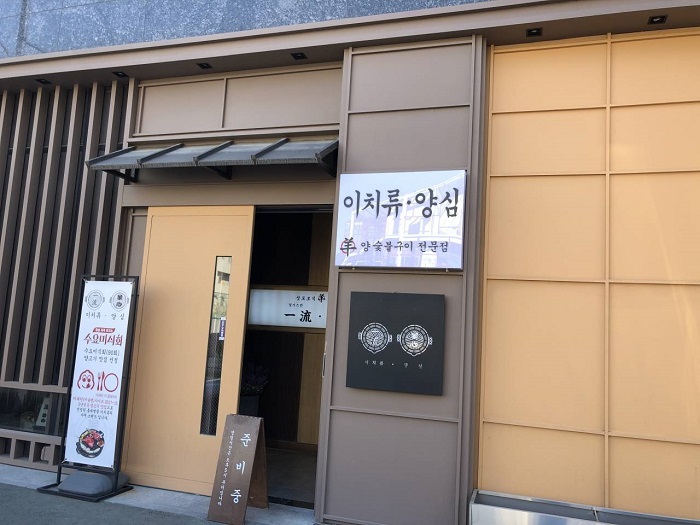
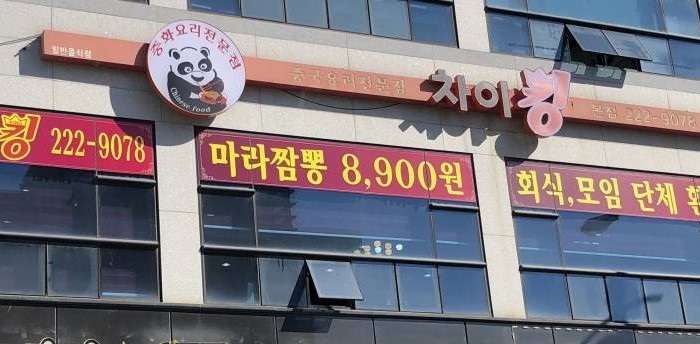
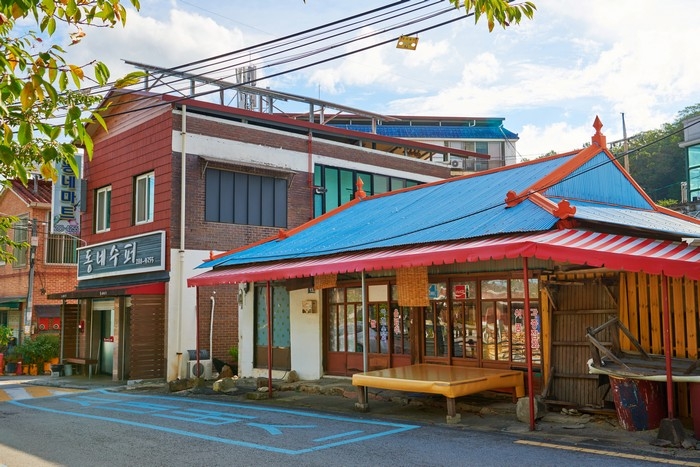
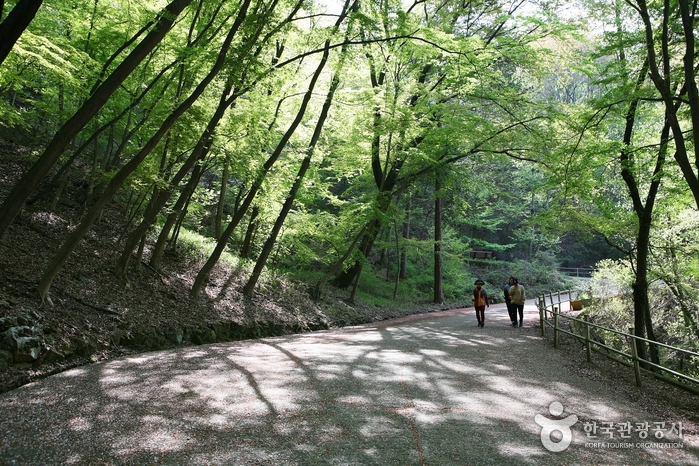
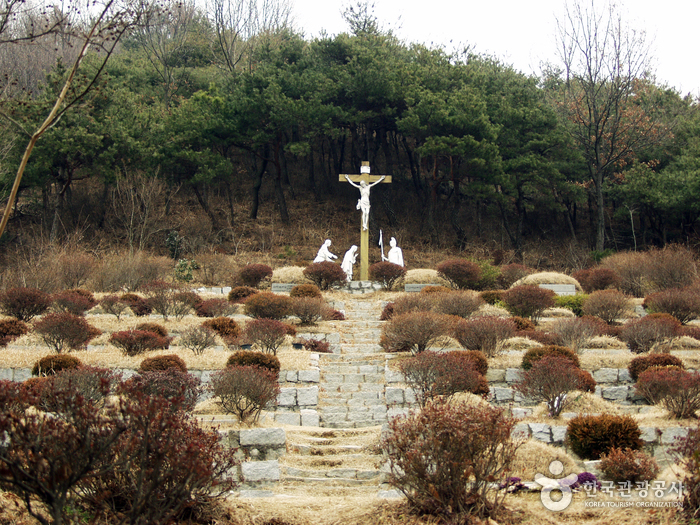

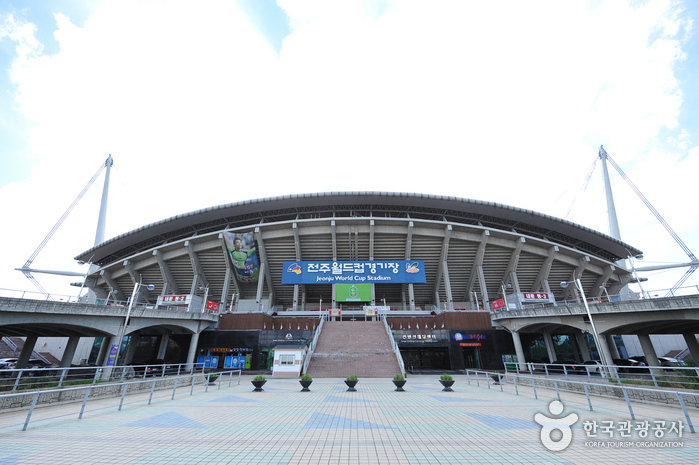
![Taejogwan of the Royal Room [Korea Quality] / 왕의지밀 태조관 [한국관광 품질인증/Korea Quality]](http://tong.visitkorea.or.kr/cms/resource/54/2705954_image2_1.jpg)
![Taejonggwan of the Royal Room [Korea Quality] / 왕의지밀 태종관 [한국관광 품질인증/Korea Quality]](http://tong.visitkorea.or.kr/cms/resource/30/2705930_image2_1.jpg)
![Sejonggwan of the Royal Room [Korea Quality] / 왕의지밀 세종관 [한국관광 품질인증/Korea Quality]](http://tong.visitkorea.or.kr/cms/resource/23/2705923_image2_1.jpg)
 Español
Español
 한국어
한국어 English
English 日本語
日本語 中文(简体)
中文(简体) Deutsch
Deutsch Français
Français Русский
Русский